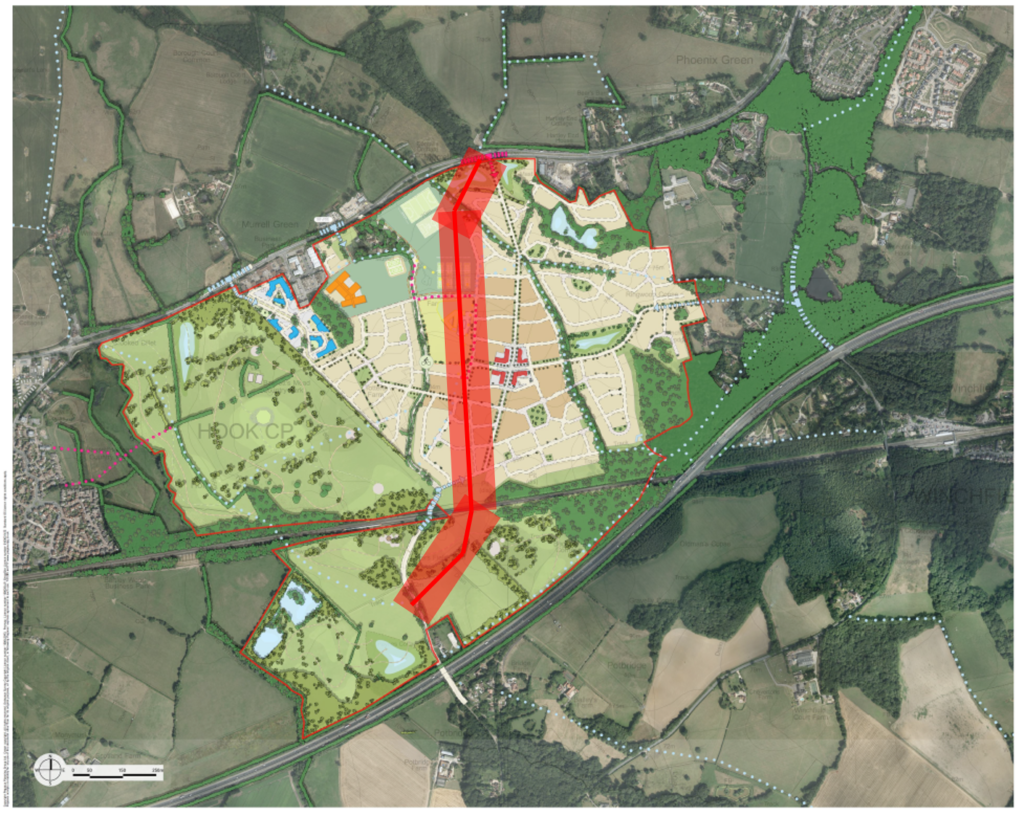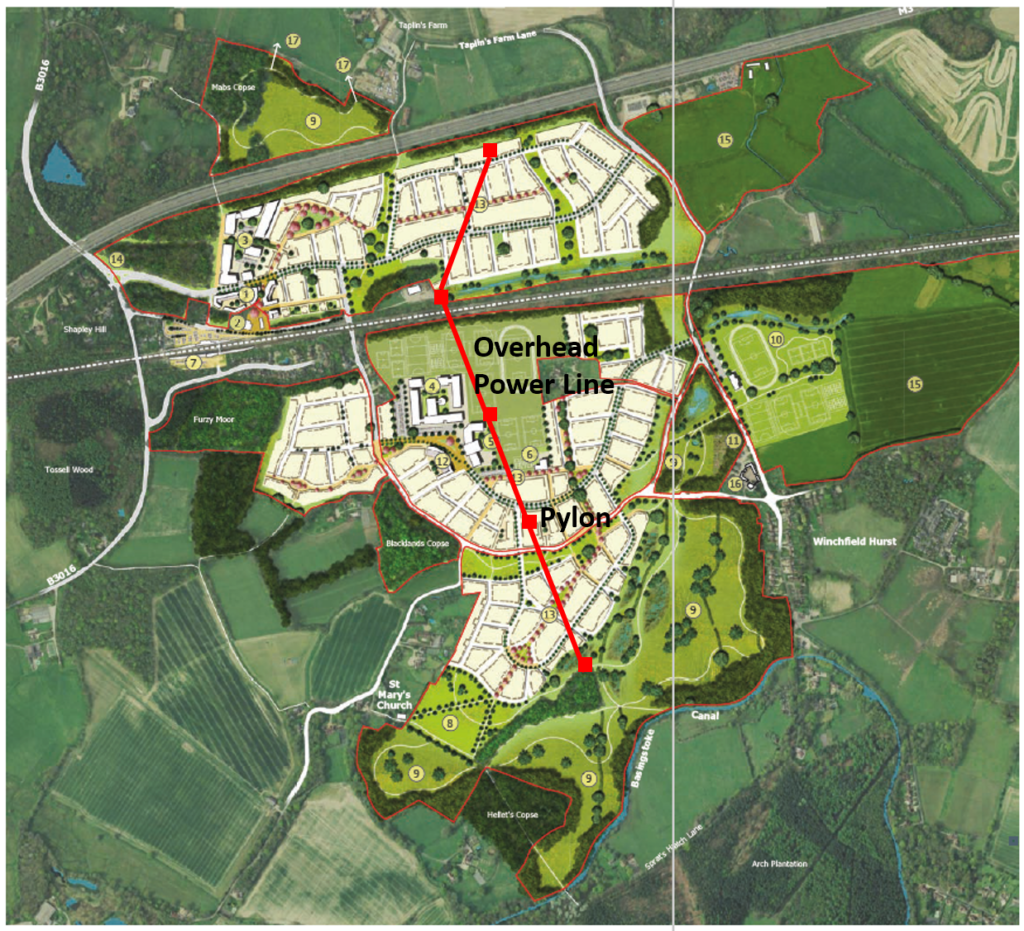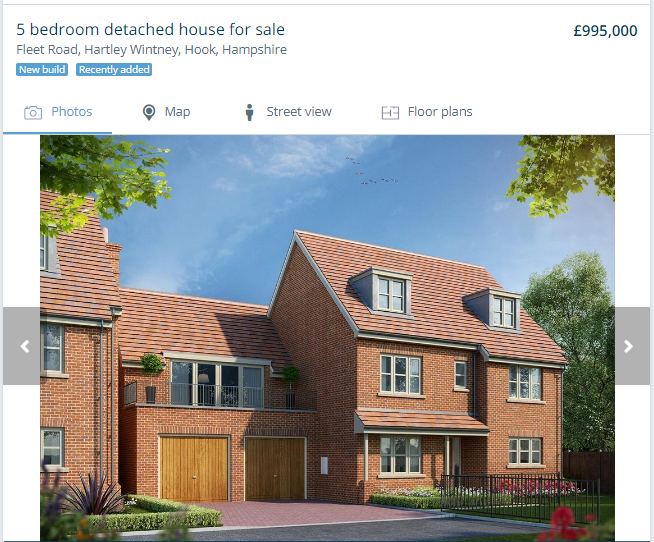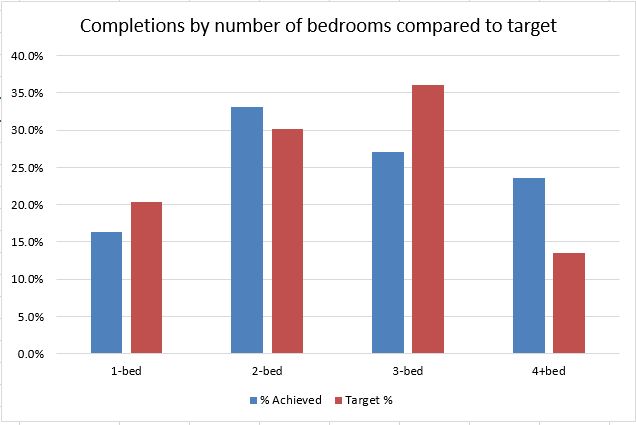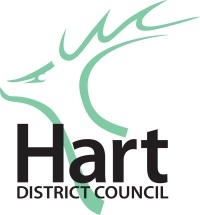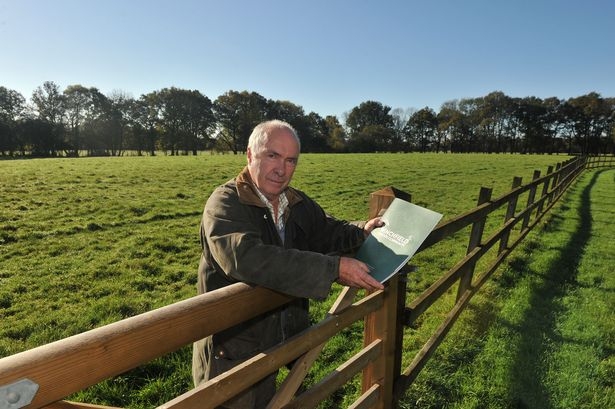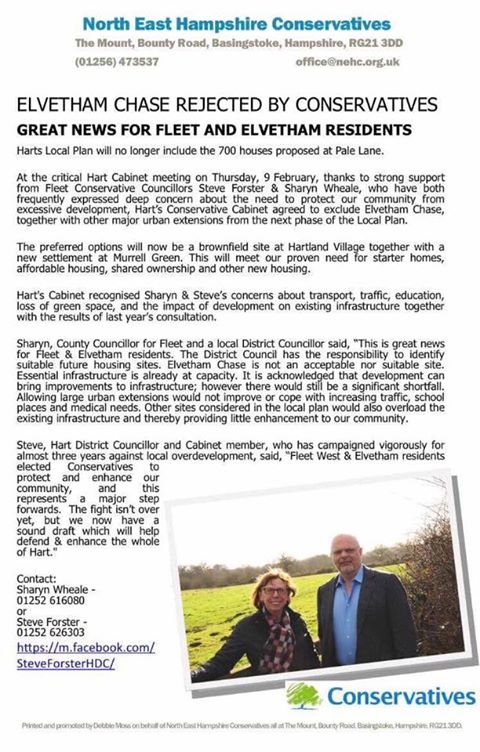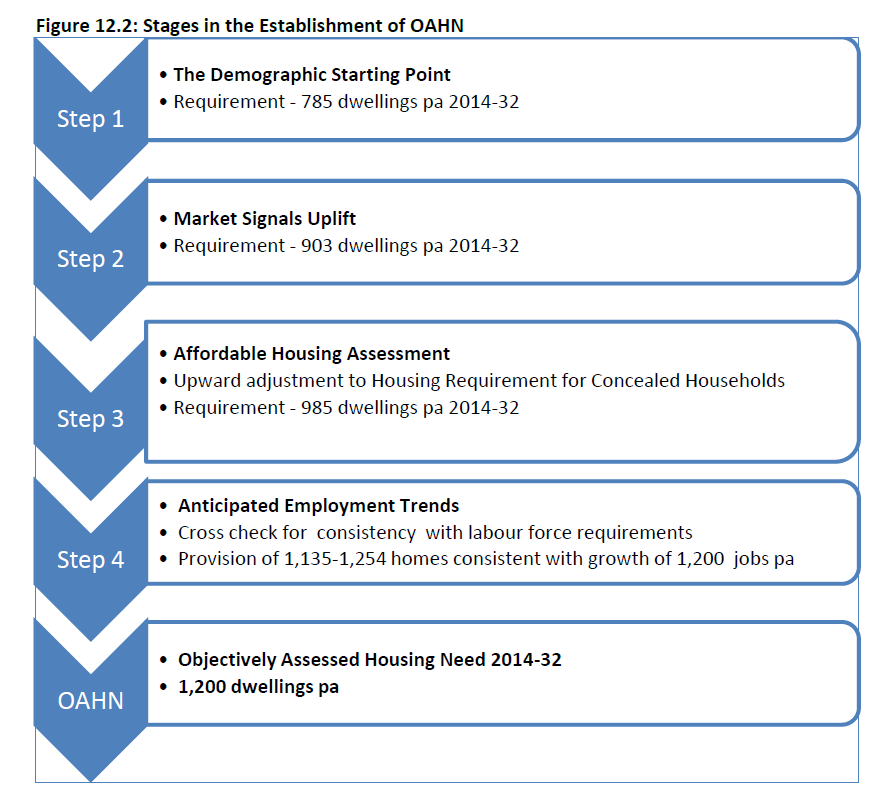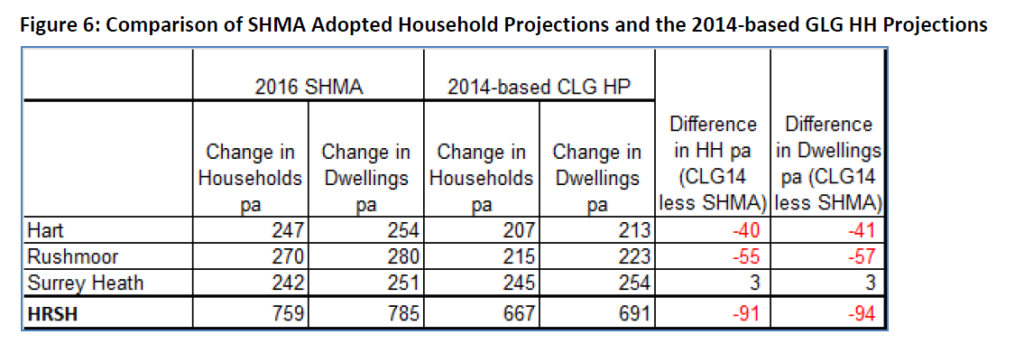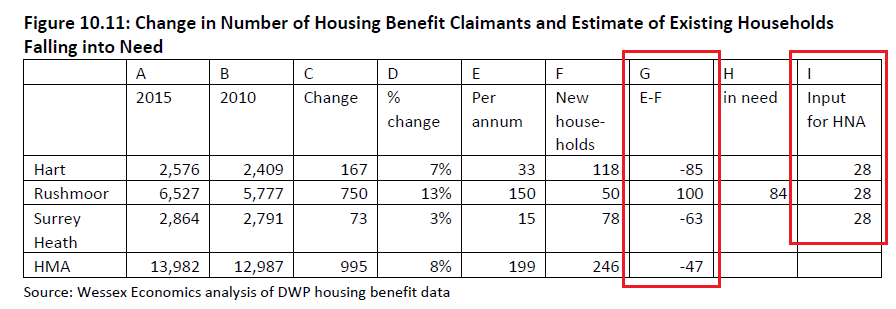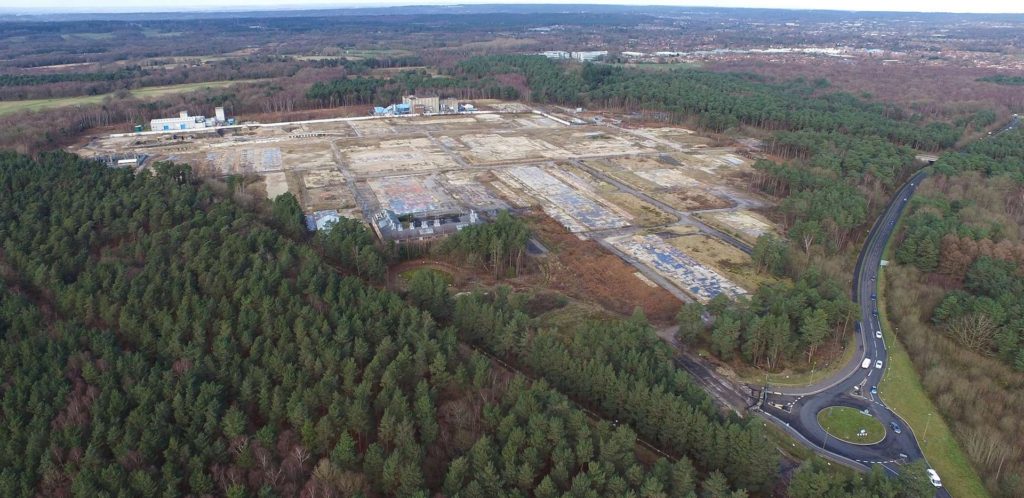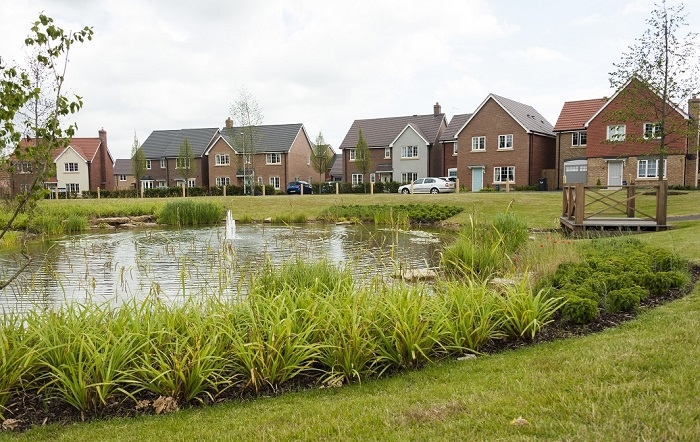A trio of developers have commenced battle over new settlement options for Hart District. There was a meeting of senior councillors on 9 August 2017, where developers representing three potential new settlement sites made presentations. These presentations will be discussed at Cabinet on Thursday 7 September at 7pm. The three sites were:
- Rye Common
- Murrell Green
- Winchfield
Minutes from the meeting have been published on the Hart website and here.
New settlement options for Hart District – Rye Common
The developer raised the following points regarding their presentation:
- The site could deliver up to 1,500 with possible potential to expand to 2,000 homes if more land were to be made available.
- The site is in one ownership.
- Only a small part of the site was within 5km of the SPA. SANG provision included in the proposal.
- Design and some technical evidence is at an early stage due to a change in supporting consultants.
- No secondary school site proposed, although a site of 5ha could be made available in line with HCC guidelines.
- Some areas of Common Land would need to be de-registered to provide access and re-provided elsewhere.
- A range of infrastructure to be provided including primary education facilities.
- Site has areas of groundwater flooding, but no fluvial risk.
- Access on to the A287.
- Site would provide open space, allotments etc.
- There would be no coalescence issues.
- Small scale employment provision included.
The actual presentation that was given has not been published on the Hart Council website. Overall we view this as a very weak proposal that clearly is not as well thought through as the other proposals.
New settlement options for Hart District – Murrell Green
The presentation and other documents related to this proposal can be found on the links below:
- Murrell Green – Written Opinion from Anthony Crean QC
- Murrell Green – Framework Plan
- Murrell Green – Vision Document
- Murrell Green – Letter from Crest Nicholson
- Murrell Green – Letter from Bosch
- Murrell Green – Q and A response
The main points made by Lightwood, the developer in the presentation were:
- The site can deliver 1,800 -2,990 units if required
- Plans and evidence are well advanced
- Developer already on board for first phase
- In partnership identified proposals to include innovative initiatives within the home and related to travel options, including for electric and driverless cars and provision of electric bikes as central to the masterplan
- Connectivity through access to the A30
- Revised secondary school location proposed (9.7ha) with direct access in and out of the site and avoiding residential areas proposed in discussion with HCC
- A range of infrastructure to be provided including primary education facilities
- Discussions held with Stagecoach re possible bus routes
- Access to Winchfield station will be provided
- Promoters control a significant proportion of the site through option agreements
- High proportion of 2 and 3 bedroomed dwellings
- A proportion of dwellings will be designed to be easily extended to prevent the need to move
- There are viable solutions to ensure that the gas pipeline is not a constraint on development
- Small scale employment proposed on site
- Supportive of the use of design codes
- High speed broadband to be included
- Design/layouts will ensure protection of the setting of the listed building
- Open space includes SANG provision, sensory gardens, allotments, sports pitches
We have read these documents and think there are significant problems with this proposal. First, the design proposals still ignore the presence of the high pressure gas main. They make passing reference to re-routing it, but come up with a cost of only £2m. This seems like a very low figure to re-route about a mile of 24″ high pressure pipeline.
Second, the site is being promoted by Lightwood Strategic, which is, in our opinion quite a lightweight organisation with negative net assets. They have entered into some sort of arrangement with Crest Nicholson, but at this stage all of their promises must be taken with a very large pinch of salt.
Third, they make great virtue out of the Amount of SANG they are delivering. Yet, in other parts of the document they offer up some of this land for even more housing. They aren’t quite specific, but the area they identify to the south and west of the site includes the former landfill site at Beggars Corner.
Finally, the roads proposals are totally inadequate. The access to the south is over the tiny bridge over the railway line and the A30 will become a bottleneck in Hartley Wintney and Hook with the addition of 2,000 further houses between them.
The other significant part of the Lightwood presentation was the legal opinion from their QC. This is clearly designed to warn other developers not to send Hart’s Local Plan for judicial review. It is also a warning to local pressure groups to let them get on with their proposals without hindrance or the Local Plan may fail, leaving Hart open to new, even higher housing numbers from the Government.
New settlement options for Hart District – Winchfield
Finally, Gallagher Estates and Barratt Homes made their presentation about the Winchfield proposal.
The main points made by the developer in the presentation were:
- A scheme for 1,800 homes presented but opportunities to expand to 2,400 to west and south west
- All land under control of the promoters
- Technical work including viability very advanced
- Neighbourhood centre to north of railway line
- Engagement with Stagecoach
- A range of infrastructure to be provided including primary education facilities
- Shuttle signals to be added on road tunnel under railway, will allow for 3m pedestrian/cycle access
- 14ha proposed for a secondary school, in discussion with HCC
- Solutions proposed to deal with identified flooding issues
- Transport modelling work undertaken to prevent rat runs
- A unique situation as focused around a railway station
The main problem with this proposal are:
- Gallaghers totally ignore the electricity pylons traversing the school sites and the housing both to the north and south of the railway line.
- The flood risk on that land is very significant, with the site and roads flooding three times in 2016 alone. They can’t just dismiss this with a single bullet point.
- The roads proposals to get into and out of the proposed development are totally inadequate.
- The proposal includes a footpath from the B3016 to Bagwell Lane and the western part of the development which is not currently a footpath and crosses land that is not in the ownership of the consortium.
Our Response
Overall, we think the motive behind these presentations is for the council to be able to say it has studied all of the options in detail.
Our view is that all of these proposals are unnecessary because they only arise from the Council’s insistence on setting a housing target of over 10,000 units, despite the over-inflated SHMA figure of 8,000. If we just reverted back to the SHMA figure, then none of these new settlement proposals will be required. Indeed, if we reverted to a more sensible housing target of 5,144, we could meet all of our housing needs for decades to come form brownfield sites alone.
We think that there is going to be a big battle ahead. The developers are going to fight to get their proposal into the Local Plan. We will continue to fight to reduce this ridiculous housing target and get more of our housing need met on brownfield sites.

